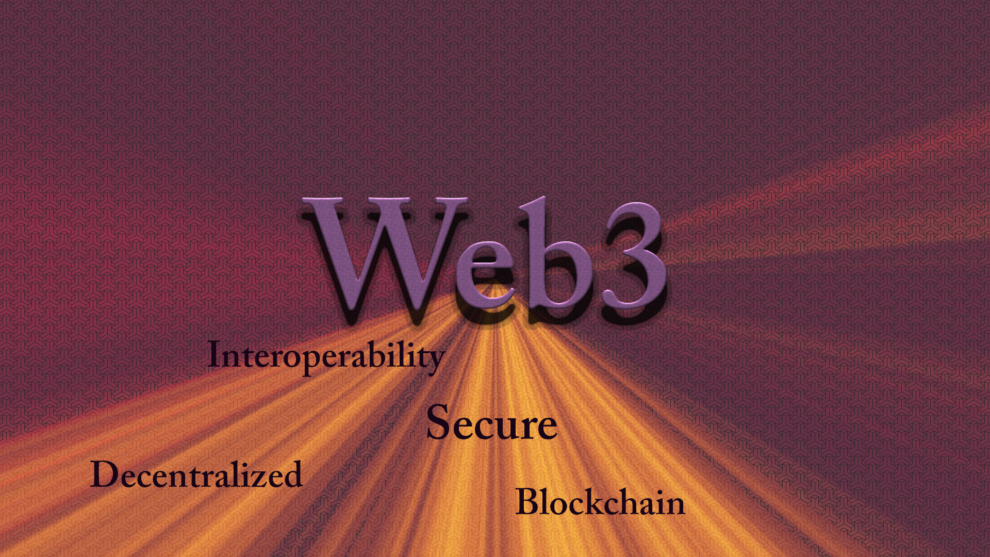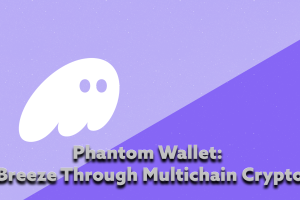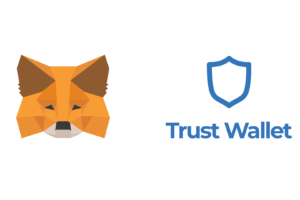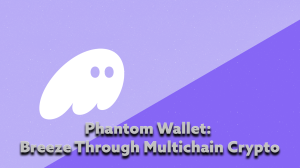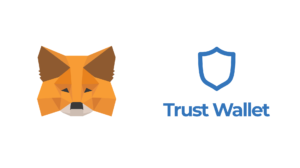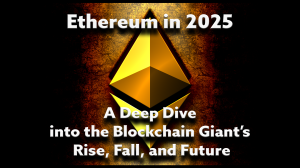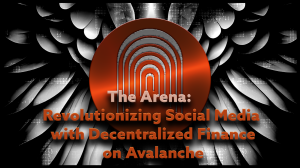Throughout my extensive technology career, I have repeatedly witnessed the Internet transform itself. The digital landscape has undergone a remarkable metamorphosis over two decades, evolving from the basic World Wide Web into today’s sophisticated ecosystem. Among all technological breakthroughs, Web3 stands out as the most promising development. In this blog post, we will delve into Web3’s essence, its distinctions from previous Internet iterations, and its revolutionary impact on our digital future.
Introduction to Web3
Web3 represents the next evolutionary leap in Internet technology. While our current Internet operates under centralized control, with a handful of tech giants wielding enormous power, Web3 embraces decentralization. Instead of relying on corporate behemoths to manage services and data, Web3 distributes power across a vast network of nodes and users who collectively maintain the system’s integrity and security.
The fundamental vision of Web3 centers on creating a more equitable, transparent, and secure Internet. By eliminating centralized authorities from data management, Web3 empowers users with complete sovereignty over their personal information while significantly reducing vulnerability to data breaches and security threats. Moreover, this decentralized architecture aims to diminish corporate dominance and foster a more balanced digital ecosystem where all participants can thrive equally.
What is Web3?
At its foundation, Web3 comprises a sophisticated collection of technologies and protocols enabling developers to create decentralized applications (dApps) on blockchain networks. The blockchain serves as Web3’s cornerstone, ensuring decentralization and security. For those unfamiliar with blockchain technology, it functions as a distributed ledger recording all cryptocurrency transactions, with each network node maintaining a complete transaction history, thus creating a robust system resistant to attacks and failures.
Web3’s architecture emphasizes interoperability, allowing various dApps to seamlessly communicate and share data. This interconnectedness creates a powerful network effect: as more developers build dApps, the entire ecosystem grows increasingly valuable. Furthermore, it’s scalable design ensures efficient handling of massive user volumes and transactions without performance degradation.
The Internet Evolution from Web1 to 3
To grasp Web3’s significance, we must examine the Internet’s evolutionary journey. Web1, the Internet’s first iteration, consisted of static web pages connected through hyperlinks. This primitive version primarily focused on one-way information delivery, limiting user interaction to passive consumption of content.
Web2 burst onto the scene in the early 2000s, bringing remarkable improvements over its predecessor. This era witnessed the explosive growth of social media platforms, mobile technology, and cloud computing solutions. Users could finally interact, share, and collaborate meaningfully, transforming the Internet into a dynamic social space.
Now, Web3 emerges as the Internet’s next evolutionary milestone. This iteration champions decentralization, security, and transparency, while shifting control of personal data from corporate giants back to individual users.
Key Features
Web3’s distinctive characteristics set it apart from earlier Internet versions. Most notably, it harnesses blockchain technology’s power. Through distributed ledger systems, Web3 creates a robust, decentralized network that effectively resists attacks and system failures, delivering unprecedented security and reliability.
User autonomy stands as another cornerstone of Web3. Unlike previous iterations where tech corporations and governments held the reins, Web3 empowers users with genuine control over their personal information. This transformation stems from decentralized identity frameworks and user-centric data management systems.
Moreover, Web3 introduces seamless interoperability, enabling different dApps to communicate and exchange data effortlessly. This interconnectedness spawns a powerful network effect: as developers contribute more dApps, the entire ecosystem’s value multiplies exponentially.
Benefits
Web3 offers compelling advantages over traditional Internet models. Enhanced security ranks among its primary benefits. The combination of blockchain technology and decentralized architecture significantly reduces vulnerability to data breaches and security threats.
User empowerment emerges as another crucial advantage. By giving individuals greater control over their personal information, Web3 fosters a more transparent and democratic digital landscape. This shift proves particularly vital in our current era, where large organizations increasingly leverage personal data for control and manipulation.
Furthermore, Web3 levels the playing field for innovators and entrepreneurs. By diminishing corporate dominance, it enables smaller players to compete effectively, spurring innovation and diversifying the digital marketplace.
Use Cases
Web3’s practical applications demonstrate its transformative potential. Decentralized finance (DeFi) stands out as a particularly promising use case. Through blockchain technology, Web3 enables transparent, decentralized financial transactions, reducing dependency on intermediaries and creating a more efficient, secure financial ecosystem.
Decentralized identity management represents another powerful application. Web3’s distributed ledger technology empowers users to maintain complete control over their digital identities and personal information. This advancement significantly reduces identity theft risks while enhancing personal data sovereignty.
Finally, Web3 revolutionizes content creation and distribution across the Internet. By putting data control back in users’ hands and establishing equal opportunities for developers, Web3 sparks unprecedented innovation and content diversity.
Challenges and Limitations
Despite its promising features, Web3 faces several hurdles. The technology’s complexity stands as its primary challenge. As a nascent innovation, both developers and users struggle to grasp and navigate its intricate ecosystem effectively.
Scalability emerges as another significant concern. While Web3’s architecture promises scalability, questions linger about its capacity to handle millions of simultaneous users and transactions necessary for mainstream adoption.
Moreover, regulatory uncertainty casts a shadow over Web3’s future. Its decentralized nature, operating beyond traditional corporate and governmental control, raises questions about regulatory responses. These uncertainties could create legal barriers that slow Web3’s widespread adoption.
Web3 vs. Web2: What Are the Differences?
Web3 fundamentally diverges from Web2 in several aspects. Most notably, Web3 embraces decentralization, while Web2 operates under corporate and governmental centralization. This shift creates a more democratic and transparent digital ecosystem.
Their approaches to data management also differ significantly. Web3 prioritizes user sovereignty over personal information, whereas Web2 enables corporations to exploit user data for their benefit.
Furthermore, Web3 champions interoperability, allowing dApps to seamlessly communicate and share data. This interconnectedness creates a powerful network effect: as more dApps join the ecosystem, its overall value multiplies exponentially. In contrast, Web2’s siloed structure restricts service interaction and limits innovation.
How it Will Change the Internet
Web3 promises to reshape the Internet landscape. Establishing a decentralized, democratic, and transparent system, it diminishes corporate and governmental control while amplifying user autonomy over personal data. Additionally, its open architecture fosters innovation and diversifies digital services, creating a more dynamic and competitive environment.
Most importantly, Web3 ushers in a new era of digital trust. Through blockchain technology and decentralized systems, it significantly reduce data breach risks and security vulnerabilities. This enhanced security creates a more reliable Internet infrastructure that users can trust implicitly.
Conclusion: The Future of Web3
The future of Web3 shines bright with possibility. As the technology matures and adoption grows, we’ll witness a fundamental shift in how we interact with the digital world. This transformation promises to create a more equitable, secure, and user-centric Internet experience for everyone.
Web3 stands as the next evolutionary leap for the Internet. Through its decentralized, democratic, and transparent framework, Web3 possesses the power to fundamentally transform our digital landscape. This transformation will forge a more secure and trustworthy online ecosystem. While challenges and limitations persist, the revolutionary potential of Web3 demands our attention. As the underlying technology evolves, we’ll witness the emergence of more sophisticated dApps and innovative use cases. Consequently, the Internet will grow increasingly decentralized and democratic.
For those intrigued by Web3’s transformative potential, I strongly encourage exploring the fascinating realm of decentralized applications and blockchain technology. The continuous evolution of Web3’s technological foundation promises exciting developments and novel applications in the coming years. To delve deeper into Web3, visit: Web3 Information
For more information on Blockchain technology, read my section: Crypto



